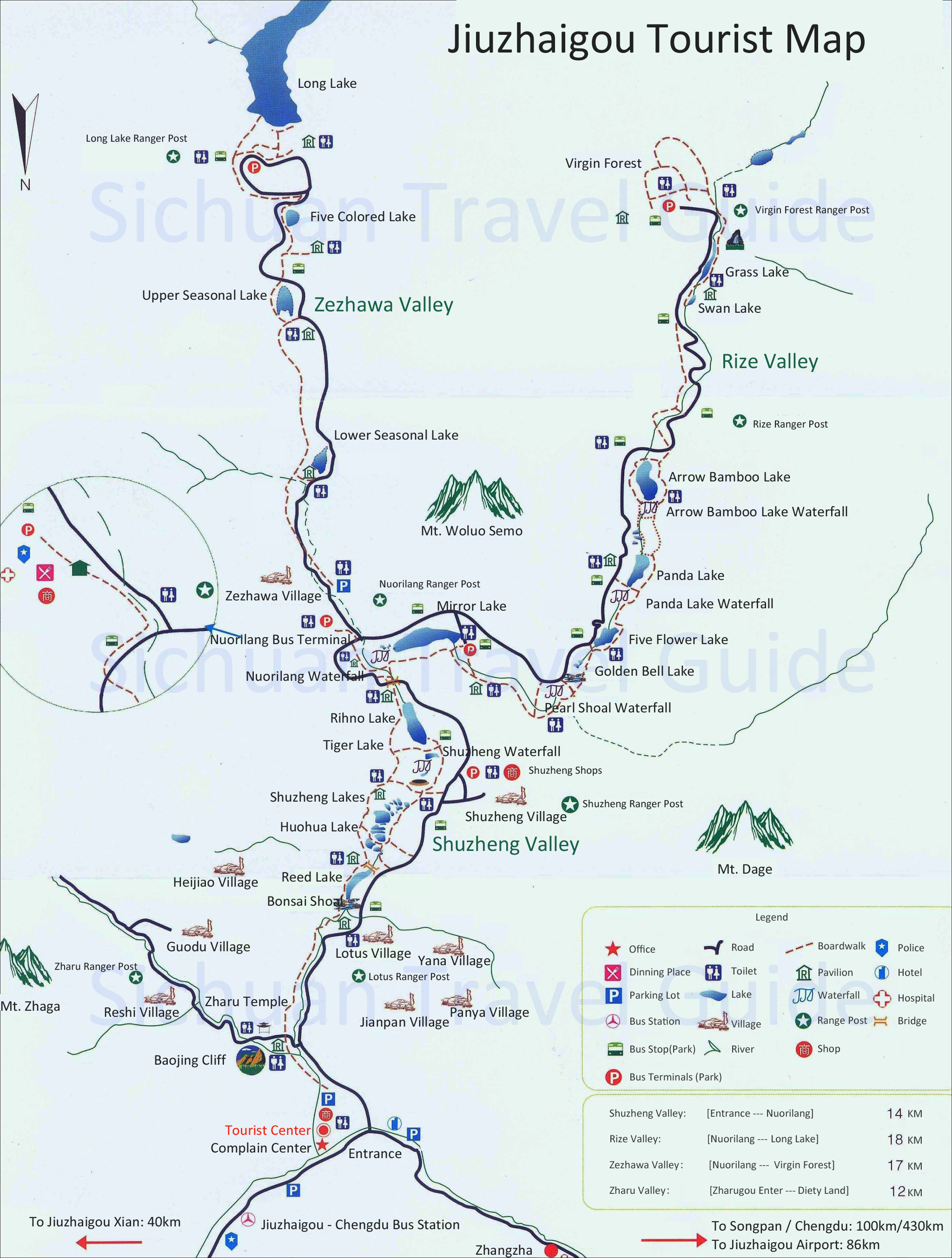
Exploring Panda Lake in Jiuzhaigou National Park
Location and Characteristics
Nestled within the Rizhe Valley of the enchanting Jiuzhaigou National Park, Panda Lake sits at an elevation of 2,587 meters. This captivating lake stretches over an area of 90,000 square meters, reaching a maximum depth of 14 meters.
The Legend Behind the Name
The origin of Panda Lake's name is shrouded in two captivating tales:
-
Beloved by Pandas: Legend has it that the giant pandas inhabiting the lush forests of Jiuzhaigou were particularly fond of this lake. They would often venture down to quench their thirst, forage for delectable bamboo shoots, and playfully frolic by its shores, hence its name, Panda Lake.
-
The Panda-Shaped Stone: Another captivating legend revolves around a distinctive white stone nestled within the lake's depths. This remarkable stone bears natural black markings that, when viewed from afar, bear a striking resemblance to the endearing face of a giant panda.
The Allure of Panda Lake
It is believed that giant pandas, revered as auspicious creatures by the local Tibetan communities, frequently graced the shores of Panda Lake, seeking solace and sustenance amidst its pristine beauty. The lake itself teems with an abundance of fish, making it one of the most vibrant aquatic havens within Jiuzhaigou. Visitors are often treated to mesmerizing glimpses of the elusive snow trout, a species uniquely adapted to the lake's cool, oxygen-rich waters.
Unveiling the Hidden Gem: Panda Lake Waterfall
A scenic wooden boardwalk winds its way along the northern edge of Panda Lake, inviting visitors on an enchanting journey. As you reach the boardwalk's end, a steep, descending staircase unfolds, leading to a hidden spectacle—Panda Lake Waterfall. Here, on the right, a cascade of water plunges dramatically from the lake's edge, cascading down into the depths of the valley below. The waterfall's journey is interrupted by jutting rock formations and massive boulders, creating a mesmerizing multi-tiered spectacle. During the winter months, the waterfall transforms into a breathtaking ice sculpture, showcasing nature's artistic prowess.
Tips for an Unforgettable Panda Lake Experience
Transportation Options
| Option | Pros | Cons |
|---|---|---|
| Carpool/Private Car |
|
|
| Group Tour |
|
|
Carpool/Private Car: This is your ticket to an independent adventure, allowing for spontaneous stops at scenic spots along the way. Local drivers, well-versed in the region's hidden gems, can enhance your exploration.
Group Tour: Ideal for a hassle-free experience, group tours typically cover major attractions like Jiuzhaigou, Huanglong, and the captivating Dagu Glacier. Leaving the logistics to seasoned professionals allows you to fully immerse yourself in the breathtaking scenery.
Frequently Asked Questions
Q1: What is the best time to visit Panda Lake?
A: While Panda Lake is captivating year-round, the autumn months (September-October) unveil a tapestry of vibrant foliage, transforming the landscape into a painter's palette.
Q2: Are there hiking trails near Panda Lake?
A: Yes, a network of well-maintained trails winds through the area, offering breathtaking views of the lake and the surrounding forests.
Q3: Can I see pandas at Panda Lake?
A: While pandas were once frequent visitors, sightings are now rare due to their endangered status. However, the lake's name and the surrounding bamboo forests serve as a reminder of their presence.
note: This return of all, without the author's permission, may not be reproduced